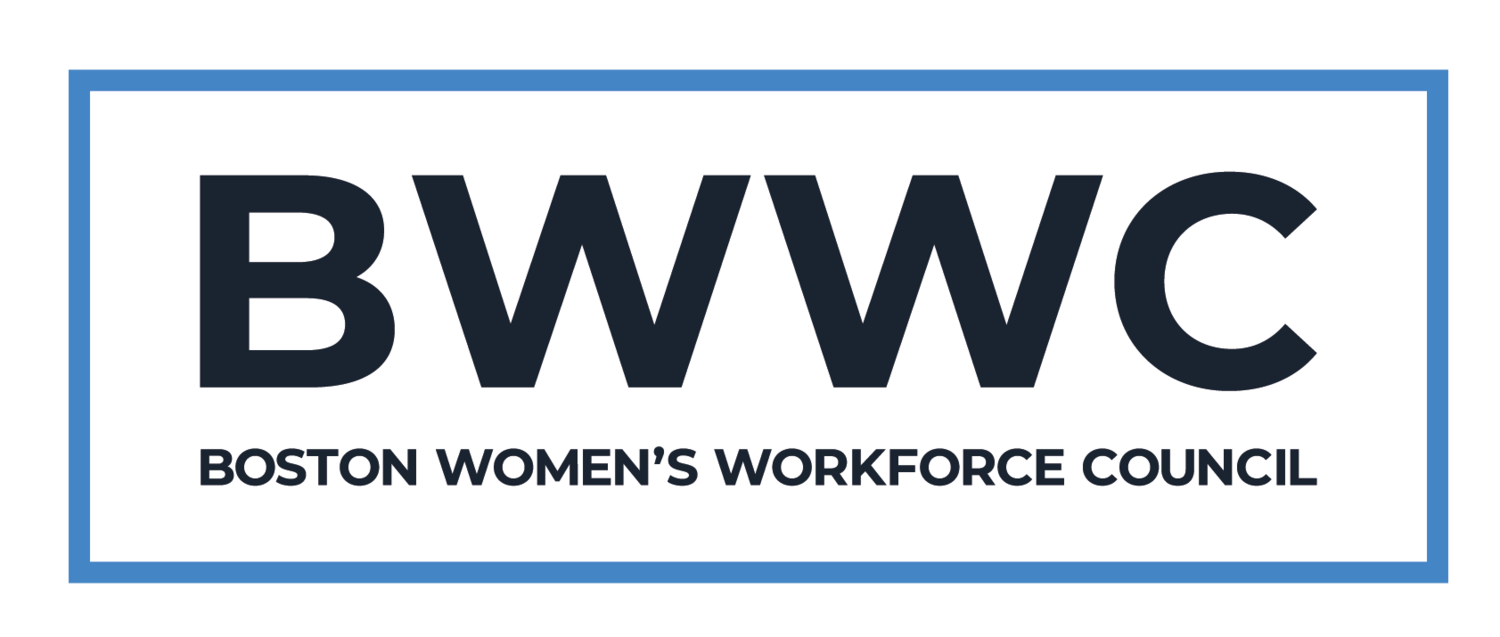CEO Spotlight - September 2016
An interview with Bob Rivers, President & COO of Eastern Bank
WHY DO YOU THINK PAY EQUITY IS IMPORTANT? WHAT BENEFITS DO YOU SEE, FOR MEN AND WOMEN, IN NARROWING THE WAGE GAP?
While there are many business benefits to addressing the pay equity gap, it is first and foremost the right thing to do.
AS THE PRESIDENT OF SUCH A LARGE COMPANY, WHAT STEPS HAVE YOU TAKEN WITHIN EASTERN BANK TO HELP WITH THIS PROBLEM?
As a company, we have done a lot externally as well as internally. Eastern Bank has been very active in advocating for legislation that helps close the wage gap, as well as increasing the percentage of women on corporate boards. We were one of the first members of the Boston Women's Workforce Council 100% Talent Compact, as well as a member of the City of Boston’s Women’s Commission and 20/20 Women on Boards. Internally, we regularly review our own data to make sure that any differences in compensation among those in comparable positions are due to differences in experience and performance only.
DO YOU THINK THE FACT THAT YOU'RE A MALE HAS ANY EFFECT ON THE STEPS YOU ARE TAKING TO ACHIEVE PAY EQUITY? WHAT WOULD YOU SAY TO OTHER MALE PRESIDENTS OR CEOS OF A COMPANY FACING SIMILAR PROBLEMS?
I think white male in the C-Suite have a particular responsibility and opportunity in taking leadership positions towards addressing the pay equity gap and driving the greater advancement of women in the workplace generally. And I’ve found that in doing so the message can be far more resonant with other corporate leaders who are predominantly white males. Beyond a matter of fairness, the message here is really all about making better decisions by having the most diverse set of perspectives and experiences represented.
HOW HAS SIGNING THE 100% TALENT COMPACT AND WORKING WITH BWWC IMPACTED YOUR COMPANY? WHAT WOULD YOU SAY TO THOSE WHO ARE CONSIDERING IT OR ARE SOMEWHAT HESITANT ABOUT SIGNING THE COMPACT?
Signing the 100% Talent Compact provided us with an even stronger impetus in our regular reviews of differences in compensation among those in comparable positions. In addition, having the opportunity to engage with and learn from the strategies and tactics used by other companies is invaluable.
WHAT ARE THE BIGGEST OBSTACLES BEHIND ACHIEVING EQUAL PAY WITHIN BUSINESSES? WHAT WOULD YOU SAY EASTERN BANK HAS WORKED ON TO ELIMINATE THEM?
The biggest obstacle behind achieving equal pay is unconscious bias and long-standing perceptions and beliefs about different groups of people that cause these to occur. However, we need to consider other causes of these inequities as well, such as influences that cause young women to often choose careers that are less financially rewarding than those pursued by young men, or practices in the workplace that causes women to feel they must compromise their career aspirations in order to raise a family. Such issues have caused us to recently re-examine our family leave policies to ensure they are not only competitive with other employers, but are not an unintended obstacle to career advancement.
ABOUT 20% OF YOUR BOARD IS FEMALE, BUT INCREASING THE NUMBER OF WOMEN ON THE BOARD MAY TAKE AWHILE DUE TO SLOW NOMINATION PROCESSES. WHAT IS EASTERN BANK DOING IN THE MEANTIME TO INCREASE GENDER DIVERSITY?
Since positions on our Board of Directors are necessarily limited and do not become available frequently, we have increasingly looked to our Boards of Trustees and Corporators as a means of engaging a greater number of women professionals while providing a pipeline for future Directors. As a result, over the past decade with have increased the percentage of women within our overall governance structure from less than 5% to over 25% today.
HOW DOES DIVERSITY FROM THE BOARD OF TRUSTEES AND DIRECTORS IMPACT EASTERN BANK AS A WHOLE?
Greater diversity, whether it be through a greater representation of women, people of color, or of any other community, provides us with a more robust collective mindset, enabling us to make better decisions, especially given the rapid and transformative changes occurring in financial services.

